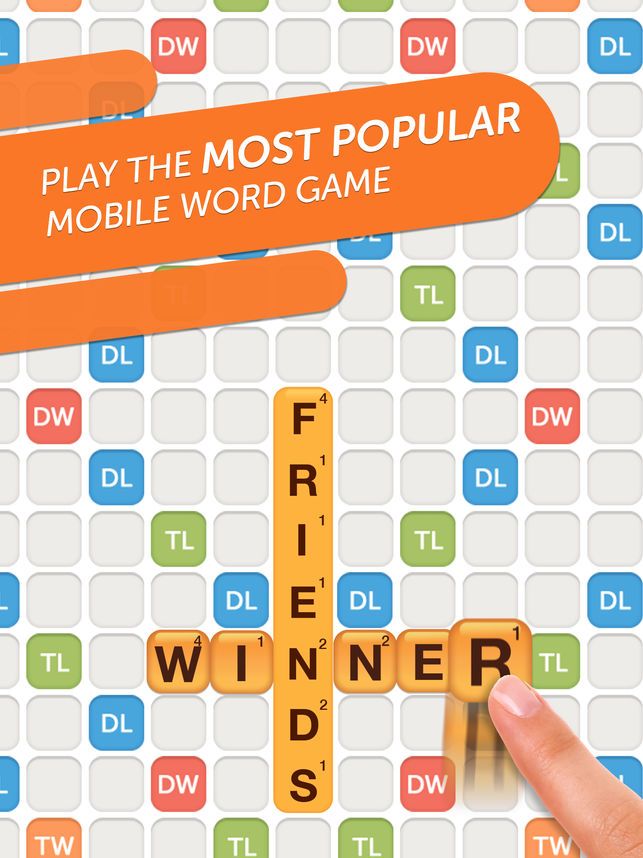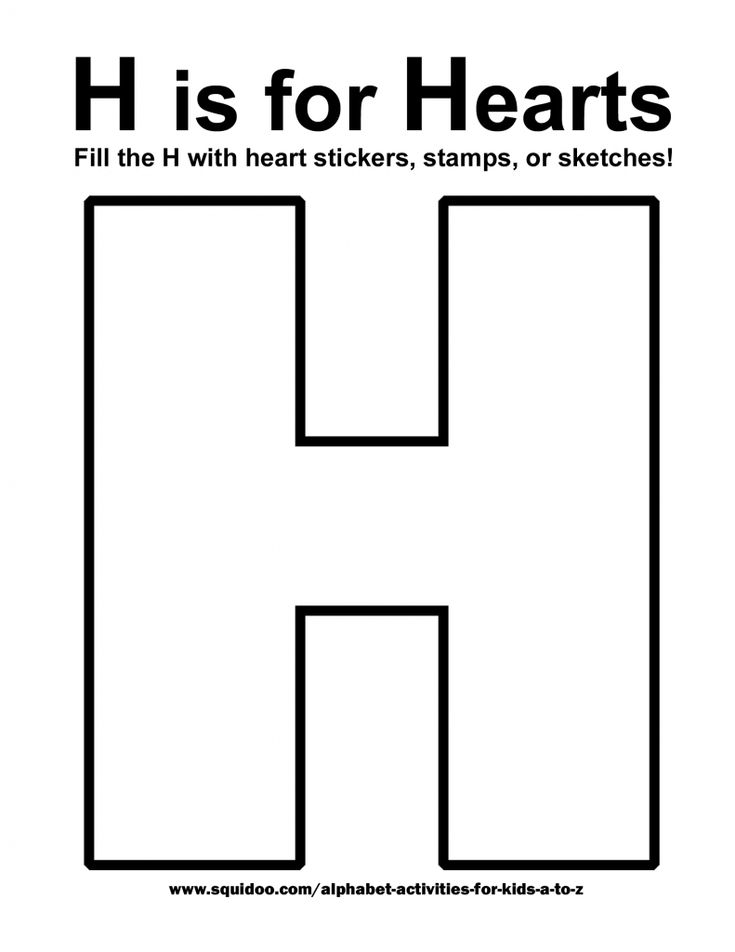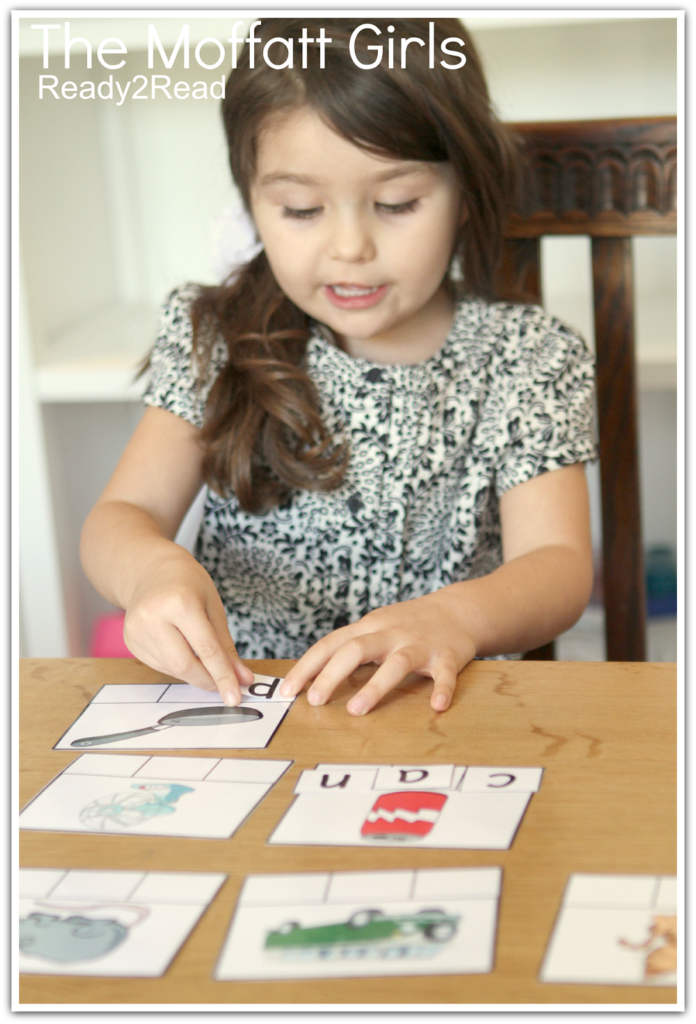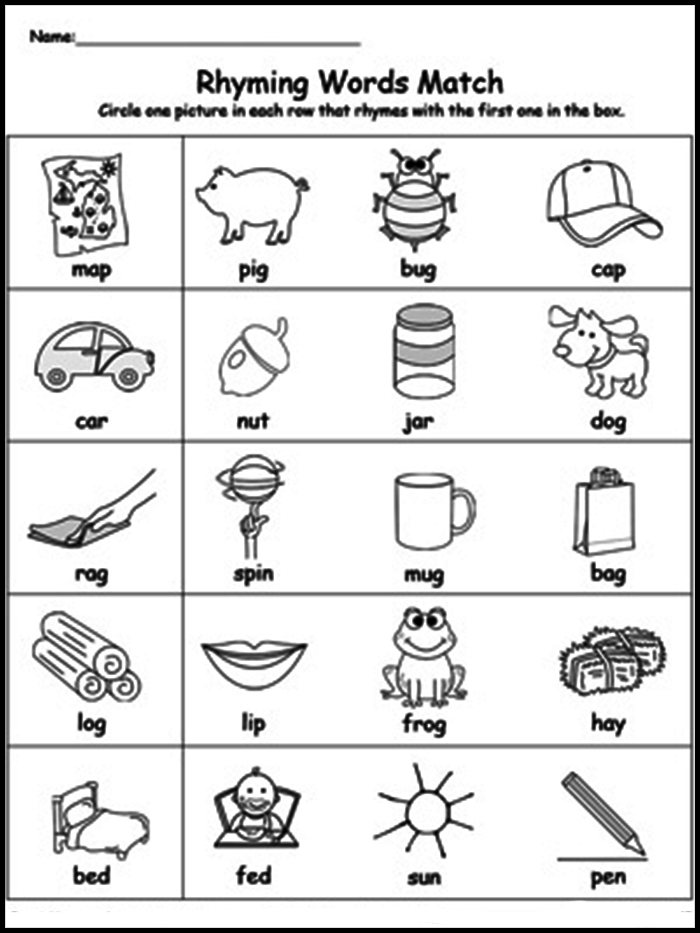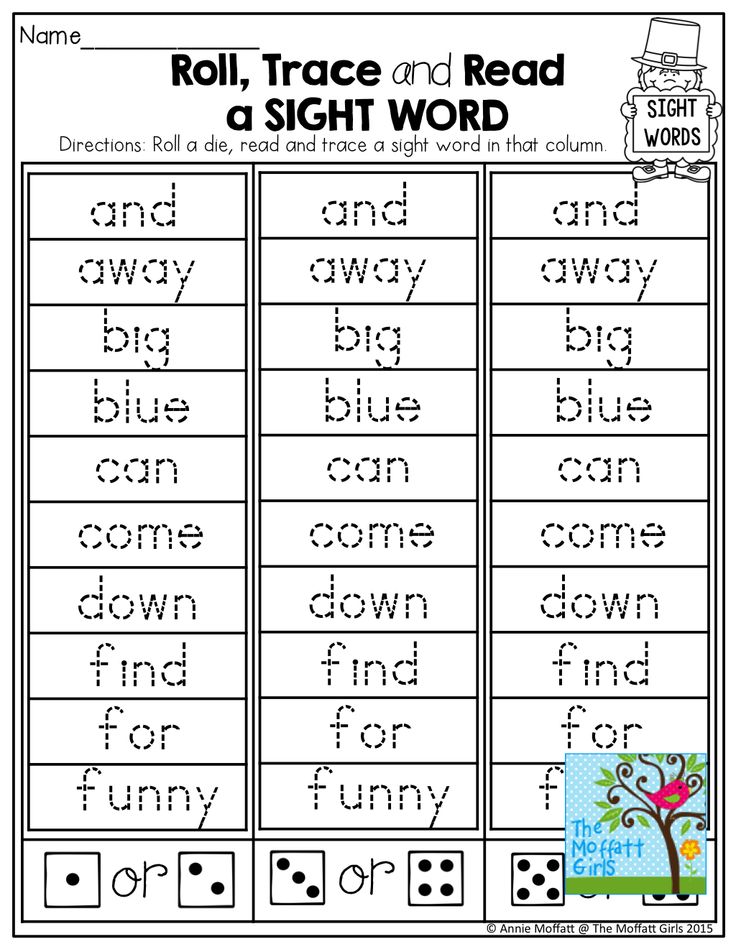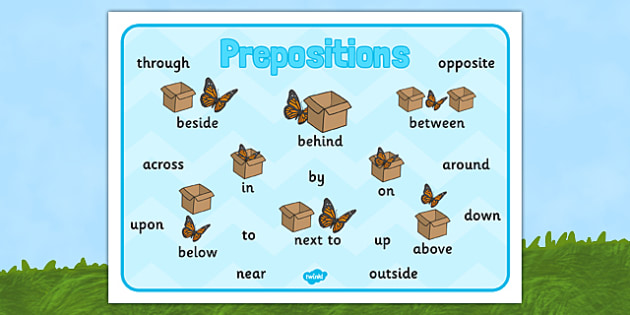Short vowel lesson
5 Fun Short Vowel Activities That Only Take 5 Minutes
Do your students confuse their short vowel sounds? Maybe they substitute e for a? Or i for e? Or just need more practice in general?!
The short vowel sounds can be so tricky, especially for students who have certain accents. In the southern United States, where I live, sometimes the e and i sound exactly the same!!
Accent or no accent, I find that my students need lots of practice differentiating between the short vowel sounds. They need practice when they’re first learning the sounds, of course, but ALSO later on. Once they learn long vowel sounds, things can get confusing, and we need to come back and review the short vowel sounds too!
In this post, I’ll share 5 short vowel activities that are fun, low prep, and only take a few minutes to implement. Plus I’ve got
4 freebies for you! 🙂 Make sure to read all the way through the post so you don’t miss any of these freebies.
In this activity, you say a word with a short vowel sound aloud. Students have to listen, repeat the word, identify the correct short vowel, and hold up the corresponding puppet.
In addition to holding up the puppet, students should identify the vowel. You can have them say the sound. Or, even better, have them say the letter name and sound: “A says /a/.”
Here’s an example:
You say the word “fish.”
Students say: “Fish.” Students hold up the “i” puppet. Students say: “I says /i/.”
It takes a little time to make the puppets, but once they’re done, you can use them over and over and over again!
You can download the templates HERE!
Activity #2: Sand Writing
Having kids trace a vowel in sand while saying the sound is an easy, engaging multisensory activity!
Just put sand on a paper plate, in an aluminum pie tin, or on a small tray. I like to use colored sand, like this (that’s an Amazon affiliate link), but regular sand works just fine too.
There are a few different things you can do with sand:
Option 1: Say a short vowel sound (i.e. /u/). Students repeat the sound. Students then write the correct letter in sand. While they are writing the letter, they say the letter name and sound (“U” says /u/).
Option 2: Use the same procedures for activity #1, where you say a short vowel word and students identify and write the vowel sound they hear. You’ll still want students to say the letter name and sound while they trace.
If you’re out of sand or want to change things up…try the free Sand Draw app!
Although it’s not quite the same as real sand, kids still get the sensory experience of tracing with their finger while saying the sound aloud.
Activity #3: Picture Sorts
This activity is simple but helpful for students who are having trouble differentiating between the vowel sounds.
Give students a set of picture cards for 2-3 sounds total (i.e., some pictures for a, i, and u). Have them name each picture out loud.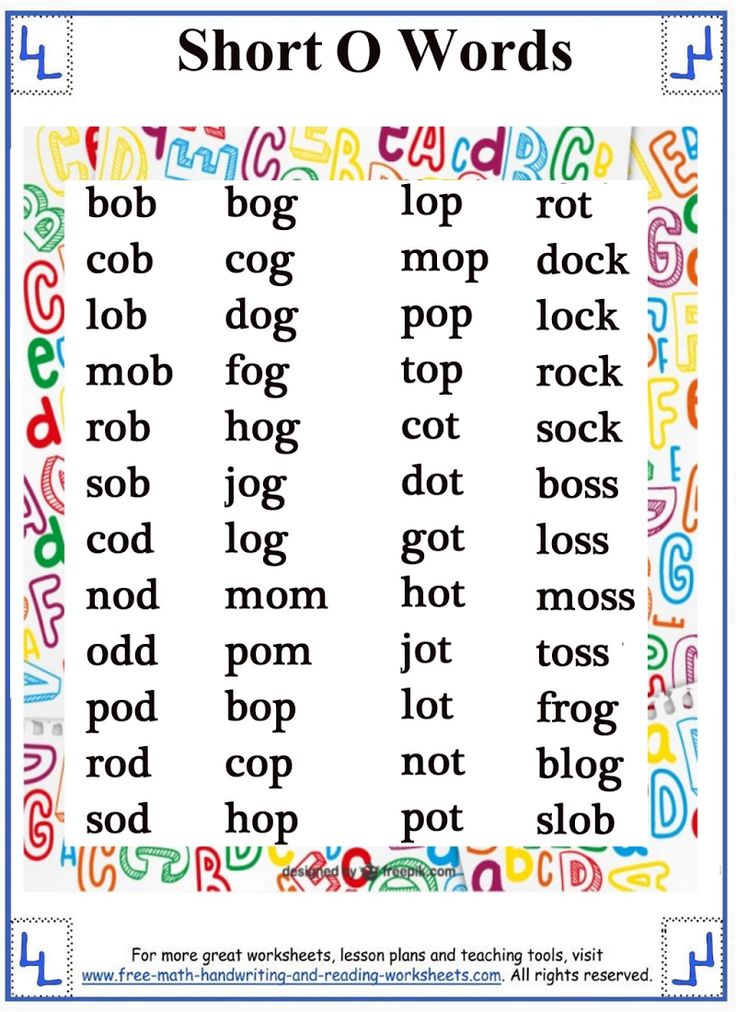 Then, have them sort the pictures. When they’re finished, they can “read down” the column of pictures, again naming each picture. Once a student finishes reading down the column, he/she identifies the vowel sound that those pictures all contain.
Then, have them sort the pictures. When they’re finished, they can “read down” the column of pictures, again naming each picture. Once a student finishes reading down the column, he/she identifies the vowel sound that those pictures all contain.
If you need pictures for sorting, you can grab some HERE!
Activity #4: Vowel Fluency Strips
Even when students know the short vowel sounds, they may not always read them correctly in words!
To help them apply that knowledge, they need lots of practice. In-context practice is important (reading real texts), but isolated practice can be helpful too.
These (free) fluency strips are a great way for students to practice paying close attention to the vowel sound in a word!
If it helps, students can highlight all the vowels before they read across the strip.
Or, you can laminate the strips and have them use dry erase markers. You can put the strips on a ring, too!
A few of the words in the freebie may be unknown to students, so make sure to talk about what they mean, as well.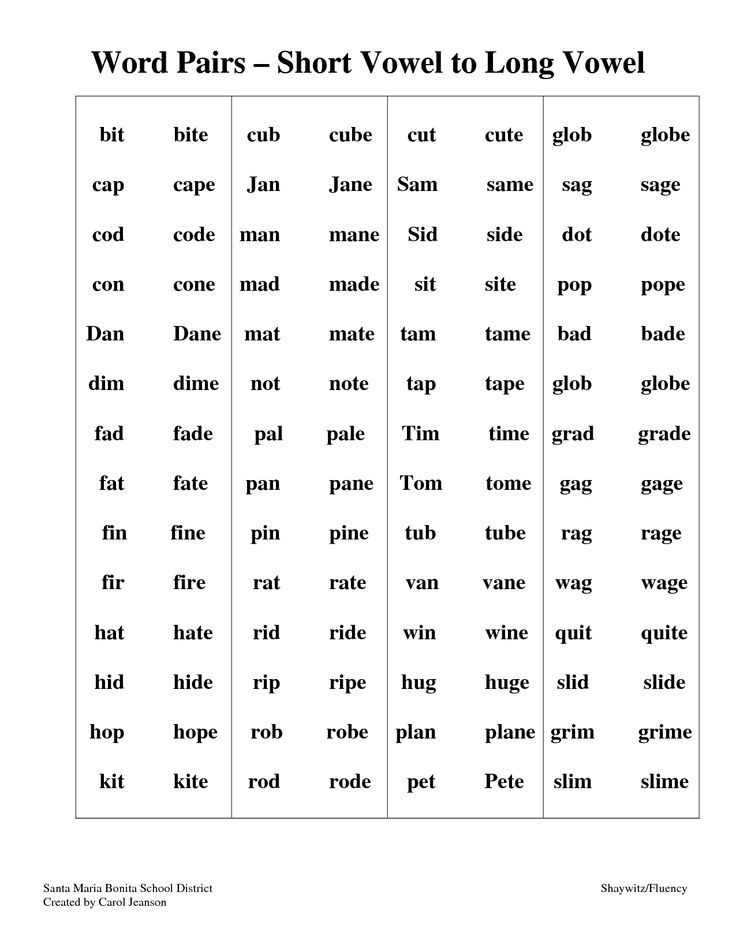
Grab the vowel fluency strips HERE!
Activity #5: Short or Long?
As I mentioned at the beginning of the post, students tend to experience vowel confusion once they start learning long vowel sounds.
It’s important to go back and review short vowel sounds (and contrast them to the long sounds). Word sorts and picture sorts are great for this. Another fun, simple activity is a game we play called “Short or Long?”
You say a word (or even just a vowel sound), and students have to call out the vowel sound and whether it is long or short (i.e., “Long A!”).
If you have Slinkys or rubber bands, students can stretch or contract them as they call out the vowel sound (i.e. stretching the rubber band long for a long vowel sound).
If you’re working in a larger group setting, you may want to have students write on a whiteboard rather than call out their answer.
Need More Phonics Activities?
I hope these ideas were helpful to you!! A couple more ideas (I know, I know, I only said 5 but I can’t help myself!) Check out my no-prep phonics games for Kindergarten and 1st grade. There’s a specific set for each of those grades geared towards CVC words.
There’s a specific set for each of those grades geared towards CVC words.
Other products for CVC words would be the Kindergarten Decodable Readers for CVC words (Set 1 and Set 2) and the 1st Grade Decodable Readers for CVC words. Options are endless!
I also have one more bonus freebie for you – customizable word work games to help your students practice short vowel words or any other words of your choice!
There are many more activities for short vowels and other skills in my phonics program, From Sounds to Spelling.
From Sounds to Spelling is a comprehensive program that addresses:
- Phonological awareness
- Phonics – including decoding and spelling
- High frequency words
- Handwriting
The program includes:
- Complete lesson plans
- Games and activities for students (i.e. for independent work or small group)
- Decodable texts
- Phonics posters
- Leveled materials for differentiation
To learn more about this Kindergarten, 1st grade, and 2nd grade phonics program, click on the image below:
Happy teaching!
5 Easy Short Vowel Activities to Make Your Phonics Lesson POP! -
Let’s chat about 5 easy short vowel activities that will pop in your classroom.
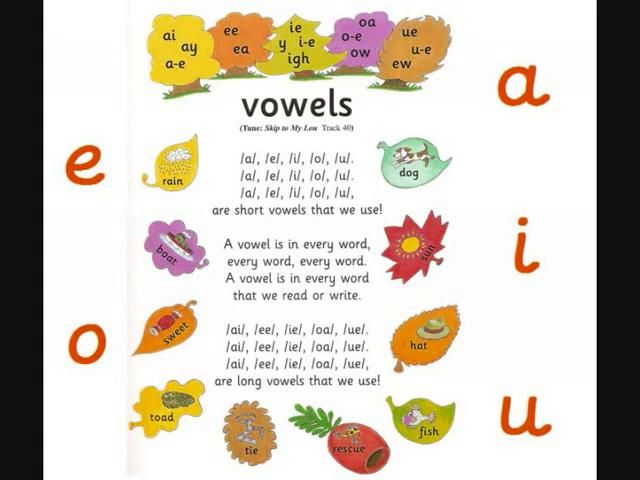 I know sometimes these short vowel lessons can get a little boring in the classroom. Do you ever get bored teaching short vowel lessons?
I know sometimes these short vowel lessons can get a little boring in the classroom. Do you ever get bored teaching short vowel lessons?We’ve talked about teaching phonics explicitly during reading instruction…it’s important!
What is the Difference Between Short Vowels and Long Vowels?
After reading the article from Classroom, they sum it well, “As the name would imply, short vowels have a much shorter pronunciation than long vowel sounds.”
Short vowels will make a shorter sound, whereas long vowels have a longer sound, saying the vowels’ exact name. Long vowel sounds allow the speaker to move their mouth from a closed position to an open one.
When dealing with short vowels, it will be 1 vowel closed in by a consonant or consonants. Examples: man, wet, fish, tub, moth
Long vowels have many more complicated spelling patterns. There are vowel teams, the magic e, open syllables, and more!
What are the Short Vowels?
As Classroom states, “Short vowels produce only one sound and do not require the speaker to open his mouth very wide. The speaker’s jaw is relaxed and barely moves during the production of short vowel sounds. The speaker’s tongue is placed in different positions but is also usually relaxed. Short vowels can occur in stressed syllables, such as “o” in offer, or unstressed syllables, like the first “o” in tomato.”
The speaker’s jaw is relaxed and barely moves during the production of short vowel sounds. The speaker’s tongue is placed in different positions but is also usually relaxed. Short vowels can occur in stressed syllables, such as “o” in offer, or unstressed syllables, like the first “o” in tomato.”
As a former first-grade teacher and current reading specialist, I like to start the school year off by teaching the short vowel sounds. What are the short vowels? A, E, I, O, and U!
The vowels are closed in by a consonant or consonants to make the short vowel sound. Watch this video on my Instagram to see it in action! Read more to learn more about the 5 Easy Short Vowel Activities!
5 Easy Ways to Teach Short Vowels
Using a sand tray to practice letters and perfect to practice short vowels. An example of using a vowel intensive drill to practice short vowel sounds. Using a house to practice open and closed syllables.Let’s discuss 5 easy short vowel activities! These 5 ideas will help the students grasp the concept of short vowels while having fun!
- Add Movement! When you teach the short vowel sounds, incorporate a movement for each sound.
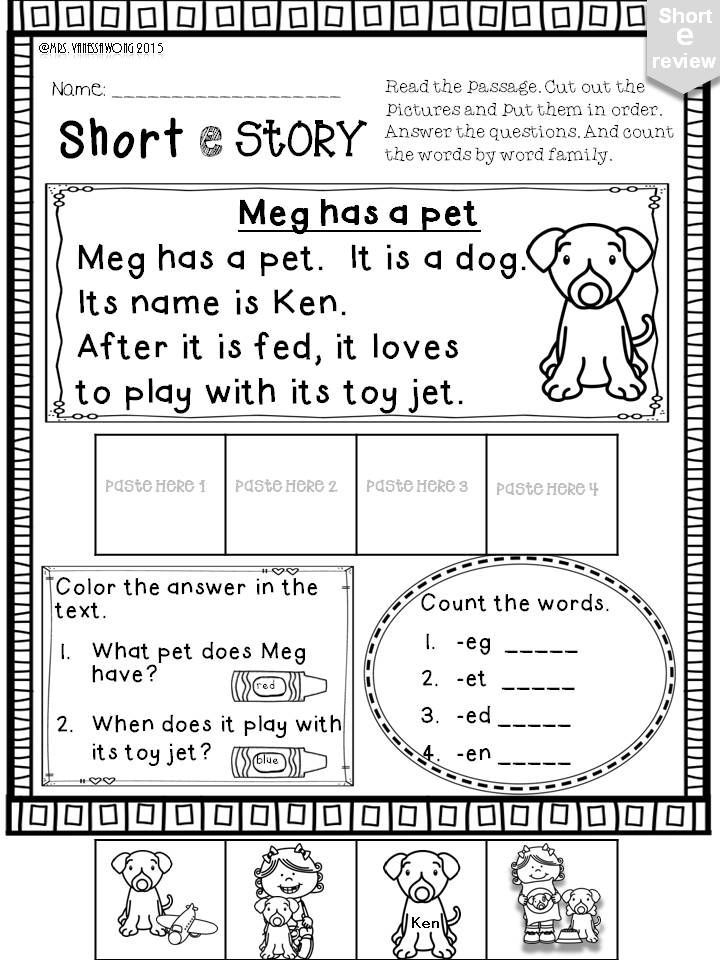 For example, for the short a sound…students can place their hand under their chin to feel the movement. Multi-sensory techniques will help make more brain connections as the students these short vowel sounds.
For example, for the short a sound…students can place their hand under their chin to feel the movement. Multi-sensory techniques will help make more brain connections as the students these short vowel sounds. - Closed Syllable Houses! Have the students make a little house with a door. Cut the door so it opens and closes. Laminate to reuse! Write CVC words onto the house to show how the consonant closes in the vowel and makes the vowel. This post will explain more about open and closed syllables! Here is my Instagram Reel that shows closed syllables in action.
- Sand Trays! Pour sensory sand or play sand onto a tray or plate. The teacher will say a sound, the students will write the corresponding vowel into the sand. Step it up by having the teacher say a word, the students will write the vowel into the sand.
- Vowel Intensive Drill: In Orton Gillingham, a wonderful way to practice the short vowel sounds is the vowel intensive drill.
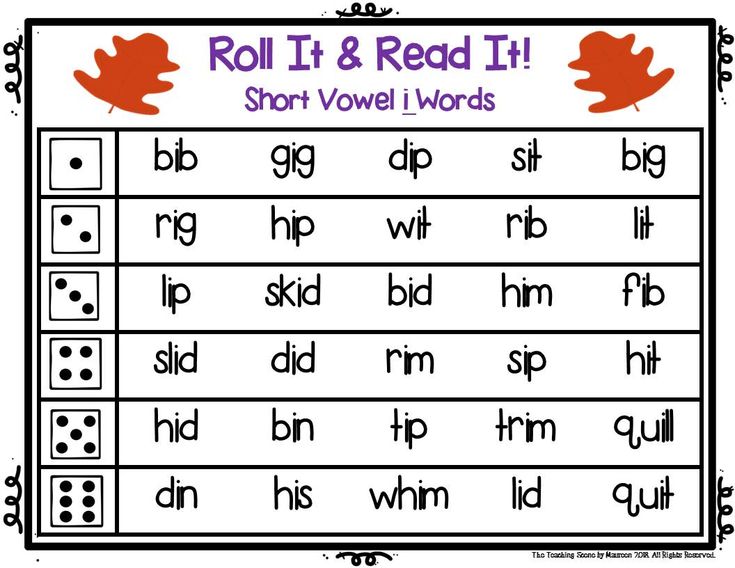 Each student will have the 5 vowels on separate notecards, in a little tent. See the photo below! The teacher will say a short vowel sound, the students will hold up the corresponding card. For example, if the teacher will say /ă/, the students will hold up the card. The students love this practice and it is a perfect multi-sensory activity.
Each student will have the 5 vowels on separate notecards, in a little tent. See the photo below! The teacher will say a short vowel sound, the students will hold up the corresponding card. For example, if the teacher will say /ă/, the students will hold up the card. The students love this practice and it is a perfect multi-sensory activity. - Use Visuals! Try out my teaching slideshow, “We Love Short Vowels”. It provides example words for each short vowel. The students can practice reading many words as they learn all about the short vowels. It also includes corresponding worksheets to practice each short vowel.
I hope you can incorporate some of the 5 Easy Short Vowel Activities in your own classroom.
Can’t I Just Teach Word Families?
Years ago as a teacher, I would begin each school year teaching word families. To begin, I’m not saying word families can’t have a place in the classroom, but it can’t be the only way short vowels are taught.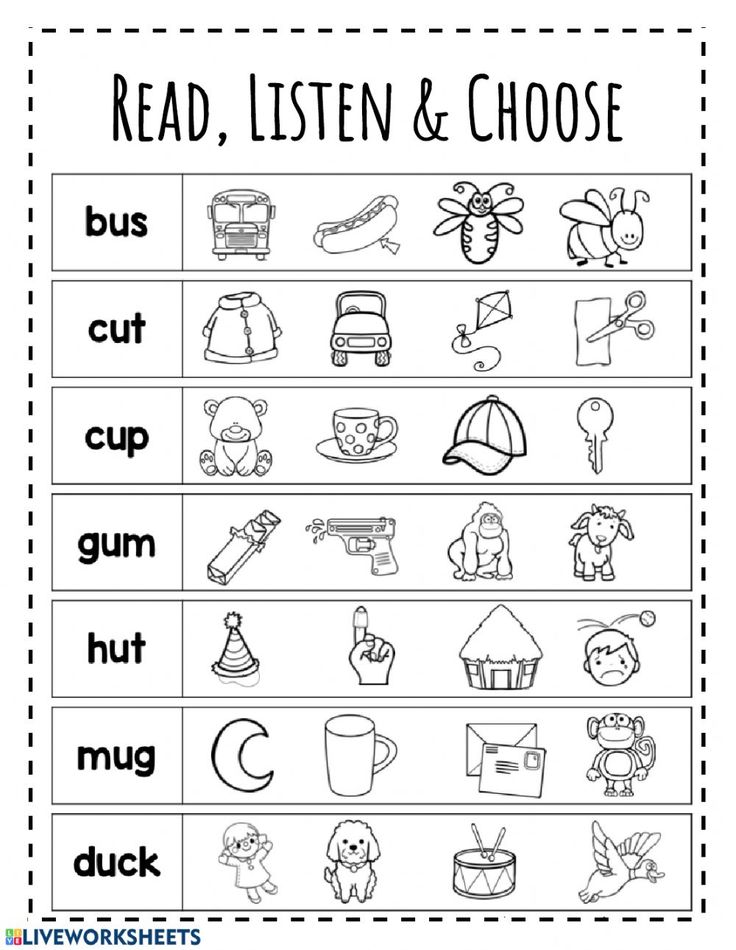 Use word families as a strategy to teach short vowels, but not the ONLY way!
Use word families as a strategy to teach short vowels, but not the ONLY way!
All About Learning Press has an argument against relying solely on word families in your teaching.
“If you stop there—just teaching word lists grouped by word families—you will be severely disappointed in your teaching efforts.
Why? Because if you use word families incorrectly, students may end up just following the “pattern” of that particular lesson, blindly zipping through the spelling words without really learning them. What you intended to be educational and insightful becomes an exercise in following patterns—and the time you spent teaching spelling goes down the drain because your child can’t actually spell those words outside of the neatly organized list.
Another downfall of overemphasizing word families is the risk that your child will pay too much attention to the ends of words, skipping over the first part of the word to get to the answer. Instead, we want the student’s eye to start at the beginning of the word and move to the end of the word.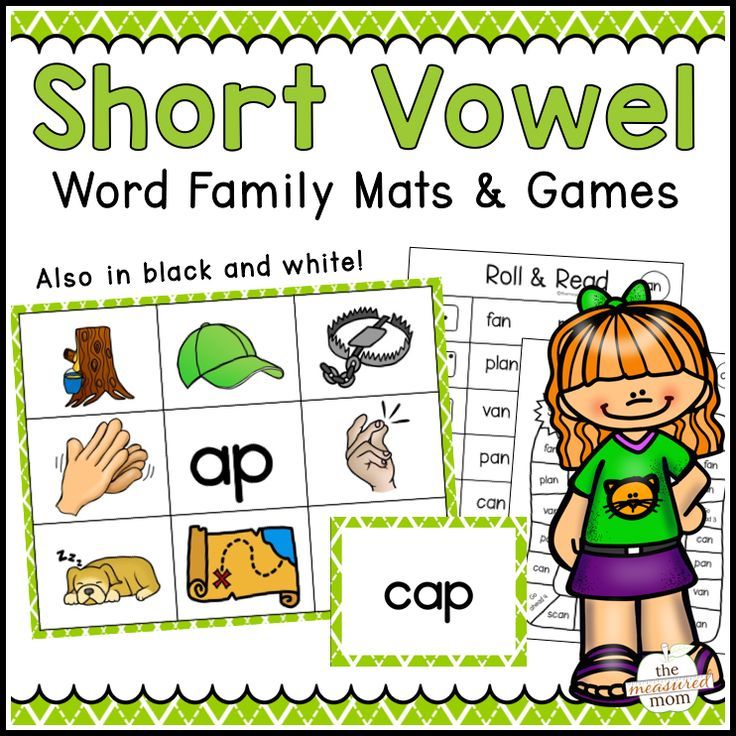 Encouraging his eye to start at the end of the word and then jump back to the beginning of the word is reinforcing incorrect eye movement. We don’t want to reinforce dyslexic tendencies.”
Encouraging his eye to start at the end of the word and then jump back to the beginning of the word is reinforcing incorrect eye movement. We don’t want to reinforce dyslexic tendencies.”
“Use word families as a strategy to teach short vowels, but not the ONLY way!”
-RIndy Roberts, Learning with heart
By teaching the students to look from the beginning of a word to the end of a word, will be beneficial when they come to words with suffixes.
What about the science of reading?
I made a free guide for teachers and parents to make it easy to incorporate the Science of Reading with their students. The research behind the Science of Reading is so intriguing and I wanted to share how I incorporate it daily into my instruction.
I wanted to make it SIMPLE for teachers to make this shift to teaching phonemic and decoding skills explicitly.
Short Vowels & The Science Reading?
The science of reading is key when you are teaching. First, based on much research, teaching phonics explicitly will benefit all children. According to Secret Stories, “Decoding is essential to reading. It allows kids to figure out most words they’ve heard but have never seen in print, as well as sound out words they’re not familiar with. The ability to decode is the foundation upon which all other reading instruction—fluency, vocabulary, reading comprehension, etc… are built.”
First, based on much research, teaching phonics explicitly will benefit all children. According to Secret Stories, “Decoding is essential to reading. It allows kids to figure out most words they’ve heard but have never seen in print, as well as sound out words they’re not familiar with. The ability to decode is the foundation upon which all other reading instruction—fluency, vocabulary, reading comprehension, etc… are built.”
“Teaching phonics explicitly will benefit all children.”
The Orton Gillingham approach uses multi-sensory learning techniques to teach decoding, encoding, and blending sounds to build successful readers. Based on the Orton-Gillingham Academy, “The Orton-Gillingham Approach is a direct, explicit, multisensory, structured, sequential, diagnostic, and prescriptive way to teach literacy when reading, writing, and spelling does not come easily to individuals, such as those with dyslexia. It is most properly understood and practiced as an approach, not a method, program, or system.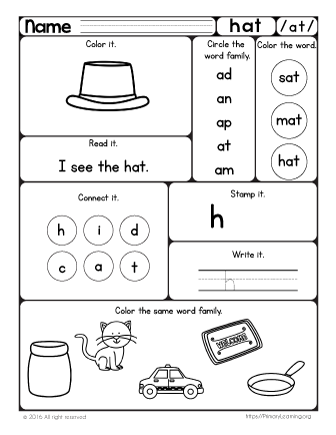 In the hands of a well-trained and experienced instructor, it is a powerful tool of exceptional breadth, depth, and flexibility.”
In the hands of a well-trained and experienced instructor, it is a powerful tool of exceptional breadth, depth, and flexibility.”
I have been using the Orton Gillingham approach in my classroom for 3 years now. By using this multi-sensory learning approach, the students are more likely to grasp and retain what they learn. Read more about why I love Orton Gillingham here!
Orton Gillingham phonics program has made such a difference in my classroom. It is a multi-sensory phonics curriculum. In the first grade curriculum, it builds on the correct letter formation in handwriting and the sounds the letters make.
The Orton-Gillingham Approach is multi-sensory and structured to teach reading, writing, and spelling.
It is commonly used for students with dyslexia, but can be used to help all students feel more confident when they read and write!
Resources to Help With Short Vowels
I have created the “We Love Phonics” program to make it easier for teachers to introduce and teach phonics skills.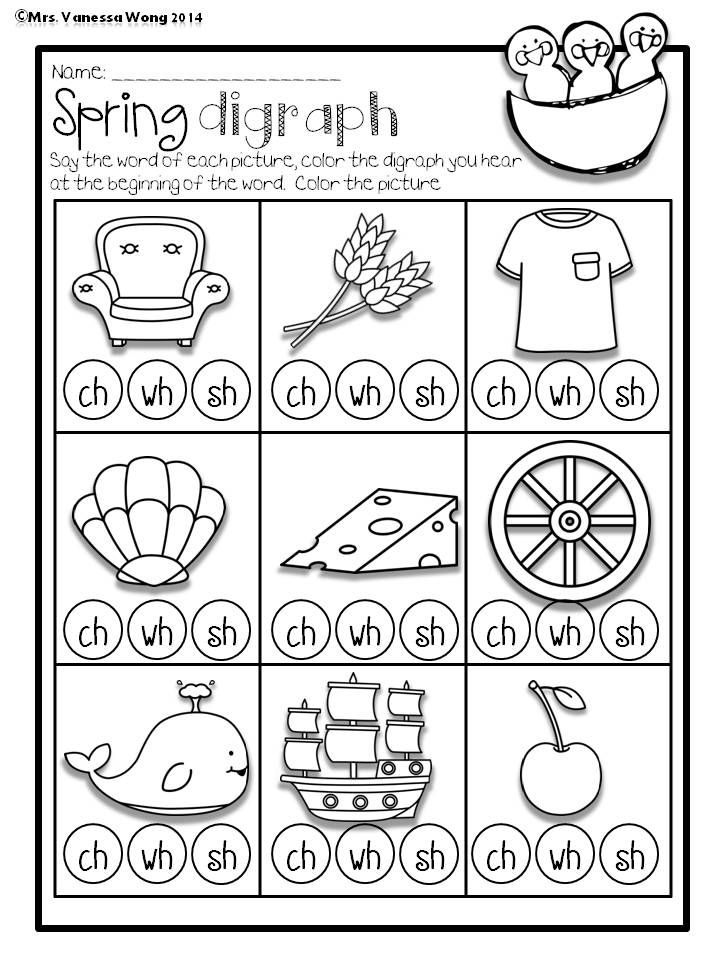 I have created a resource that will guide you for an entire school year, with lesson slideshows and worksheets that correspond to each skill.
I have created a resource that will guide you for an entire school year, with lesson slideshows and worksheets that correspond to each skill.
The short vowel resource will cover all 5 easy short vowel activities. The Open/Closed Syllable resource will explain how to break words into syllables, and the explanation of closed syllables with the short vowel sound. What are your favorite ways to teach short vowels?
This product will help with the steps to distinguish between open and closed syllables.Would you like the FREE Science of Reading Guide? Check out this FREEBIE!
Lesson 1: Vowels similar to Russian AND
First of all, let's deal with the sounds that we associate with our sound "and". There are two and a half such sounds in English - [ ɪ ], [ iː ] and [ i ]. “With a half”, because the short sound [ i ] is not distinguished by a separate sound in all dictionaries (that is, this sound differs insignificantly), and besides, it occurs mainly either at the end of the word (“happy” - [ ˈhæpi ]), or at the end of a syllable before another vowel (“alien” - [ ˈeɪ. ). The main thing for us is to understand the difference between [  li.ən]
li.ən] ɪ ] and [ iː ].
The fundamental difference between the pronunciation of the Russian “and” and the English sounds [ ɪ ] and [ iː ], oddly enough, is easiest to understand by paying attention to other sounds, namely, to the consonant sounds in front of them. We clearly know that in Russian the consonants before “i” are pronounced softly (with the exception of the always hard “zh” and “sh”). There is no such softening of consonants (palatalization) in English. Instead of pairs of hard and soft consonants, we have something neutral. A necessary condition for palatalization is an elevated position of the tongue, which, as we have said before, is uncharacteristic of English speech.
If we forget about this fundamental difference and keep the Russian “and” in mind, we automatically get an elevated tongue and two sounds that are incorrectly pronounced in a syllable at once (a vowel and a consonant preceding it).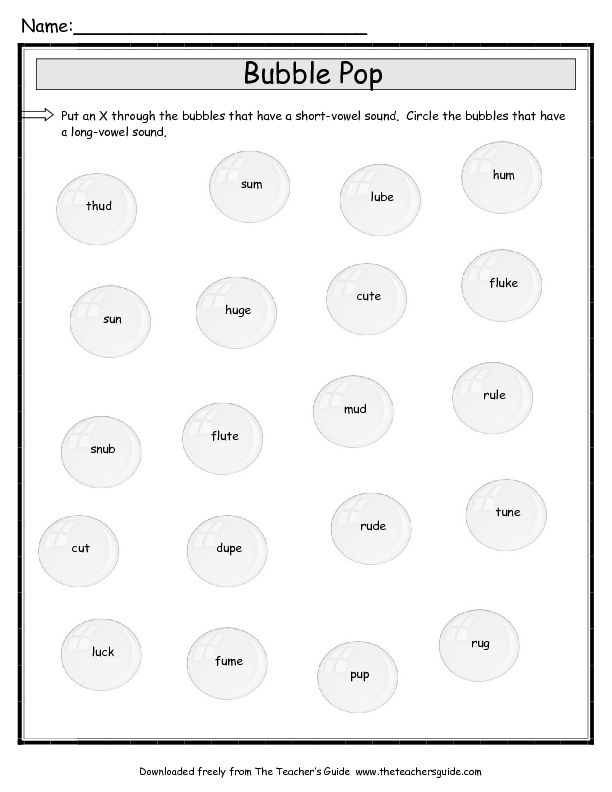 Therefore, as with most English sounds, everything starts from the correct starting position, i.e. the back half of the tongue is pressed down to the lower jaw, flattened and rests on the sides against the molars.
Therefore, as with most English sounds, everything starts from the correct starting position, i.e. the back half of the tongue is pressed down to the lower jaw, flattened and rests on the sides against the molars.
[
ɪ ] - kit, spotted, sit Let's start with a short sound [ ɪ ]. When communicating with the British, it immediately struck me ... in my ear (?) :) that for our hearing the sound [ ɪ ] sounds closer to “e” or “e” than to “i”. That is, rather "ofes" than "office" ("office") or "larex" instead of "lyrics" ("lyrics"). What needs to be done to make this vowel sound with the same quality?
- First of all, get ready to say our "e" sound, only slightly covered, as we sometimes say in the phrase "all of these."
- Now, without changing the position of the speech apparatus, instead of "e" say "s". Your "y" should have a similar feeling of "covering up". Keep in mind that this is a short, relaxed vowel, so don't try to drag it out.
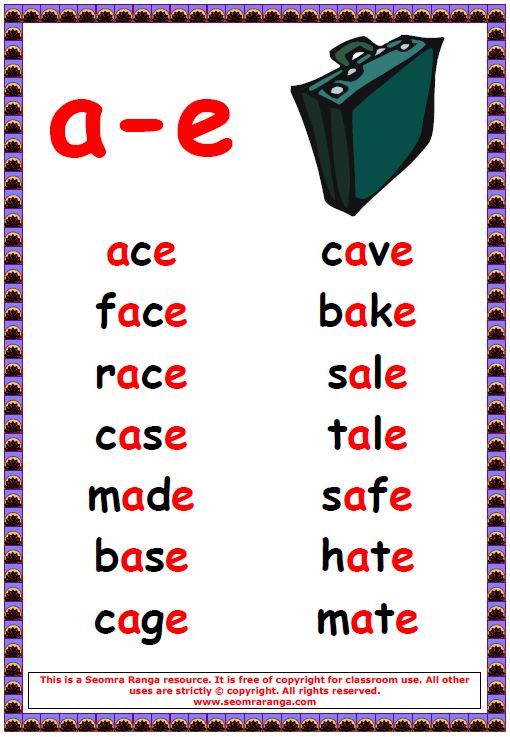
- Finally, remember the root of the tongue, press it down and try to pronounce the same sound again. Unlike the Russian “y” sound, which resonates in the back of the mouth, in this step you should feel your sound resonate in front, almost at the level of the front teeth.
At first, you can do it directly in three steps: covered "e" - "s" - the root of the tongue. And follow the feelings. In the end, you will clearly catch the peculiarity of the pronunciation of this sound. This may not happen immediately, because. the tongue, like any other muscle, takes time to learn a new position. But it is very important to understand how to pronounce this sound correctly. First, you will automatically have most of the difficulty in pronouncing the consonants that precede this sound. To do this, it is enough to “prepare” to pronounce the vowel sound, in accordance with what is described above, before pronouncing the leading consonant. Second, master the long [ iː ] then it will be much easier for you.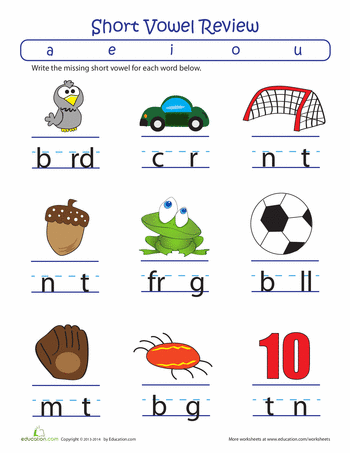 Thirdly, having dealt with [
Thirdly, having dealt with [ ɪ ], you will lay a solid foundation for mastering diphthongs (double vowels) in which the sound [ ɪ ] is involved.
[
iː ] — fleece, see, meat considered. The difference is that when pronouncing long sounds, which are also called “tense” (as opposed to relaxed short ones), the root and middle of the tongue are stretched, creating a feeling of tension. Most importantly, make sure that the tongue remains flat and in no case arches towards the palate, as with the Russian “and”. Such stretching occurs gradually, starting from a completely relaxed root of the tongue (as with a short [ ɪ ]). To illustrate this, Russian-speaking students are sometimes asked to pronounce this sound, stretching from "s" to "i". Please note that we do not draw this vowel on purpose. It's just that stretching takes time, and therefore the sound is longer.
Be sure to listen to how these two sounds are pronounced in comparison in electronic dictionaries, at least in the same Lingvo Live.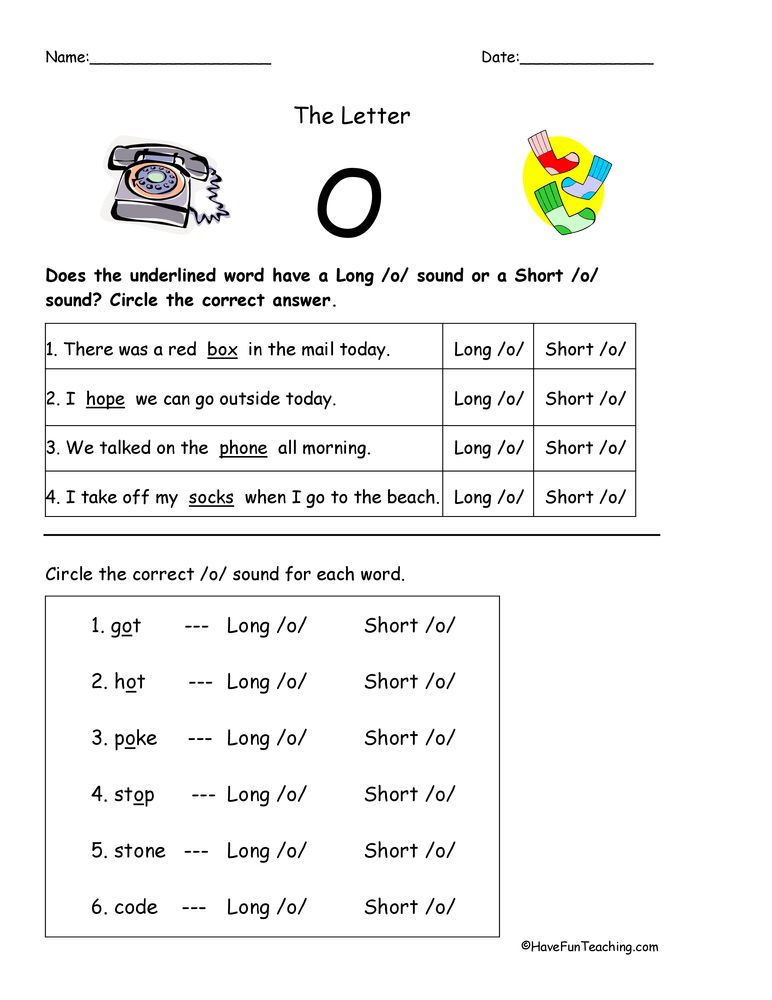 I can offer you several word pairs:
I can offer you several word pairs:
- Ship - sheep
- Bit-beat
- Live - leave
And a couple more examples. You definitely do not want to confuse them in a conversation with a decent Englishman.
- Piss-peace
- Shit-sheet
[
i ] - happy, city Although both vowels are short, in the second case some qualitative difference is implied between the vowels in the first and second syllables. If you like, you can think of this sound as a long [ iː ], pronounced shorter than usual, due to which the root of the tongue does not have time to fully tighten. In fact, this nuance is so insignificant that it is not worth worrying about it.
In the next lesson, we will look at vowels similar to the Russian "A".
Abstract of the lesson on the topic "Identification of vowel sounds in monosyllabic words"
Republican scientific and methodological seminar
Open speech therapy lesson
Identification of vowels
in monosyllabic words.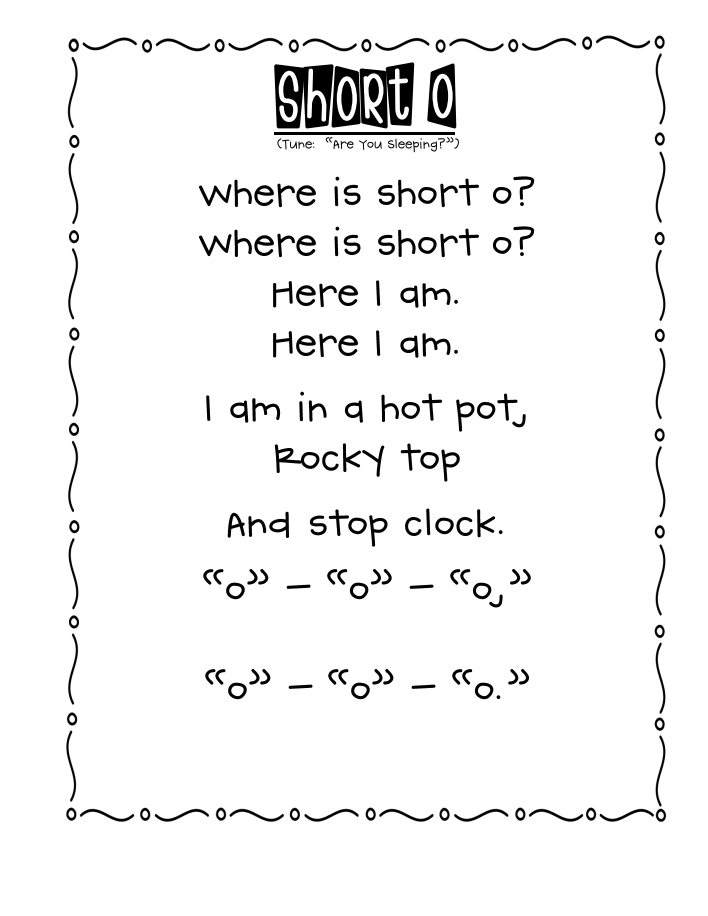
Conducted by: teacher-speech therapist
Kezina O.A.
Topic: Identification of vowels in monosyllabic words.
Objectives of the lesson:
to consolidate the ability to clearly articulate the vowels [a], [u], [i], [s] [o];
improve the skill of phonemic analysis and synthesis;
learn to distinguish a vowel sound in a word;
to teach to produce auditory-pronunciation differentiation of sounds [a], [y], [i]; [s], [o];
fix the graphic images of the letters A, U, I, O, s.
UUD
Correction-developing:
development of phonemic perception and hearing on the material of sounds [a], [y], [and]; [s] [o];
development of general, fine and articulatory motor skills.
Communication
To be able to formulate your opinion, adequately use speech tools
To be able to interact with each other, work in pair
Regulatory
Take the educational task
Control its activities
Evaluate the correctness of the execution
9000 Cognitivebuild a verbal statement in oral form
analyze objects with highlighting essential features
build reasoning in the form of simple statements
LESSON PROGRESS
-
Org.
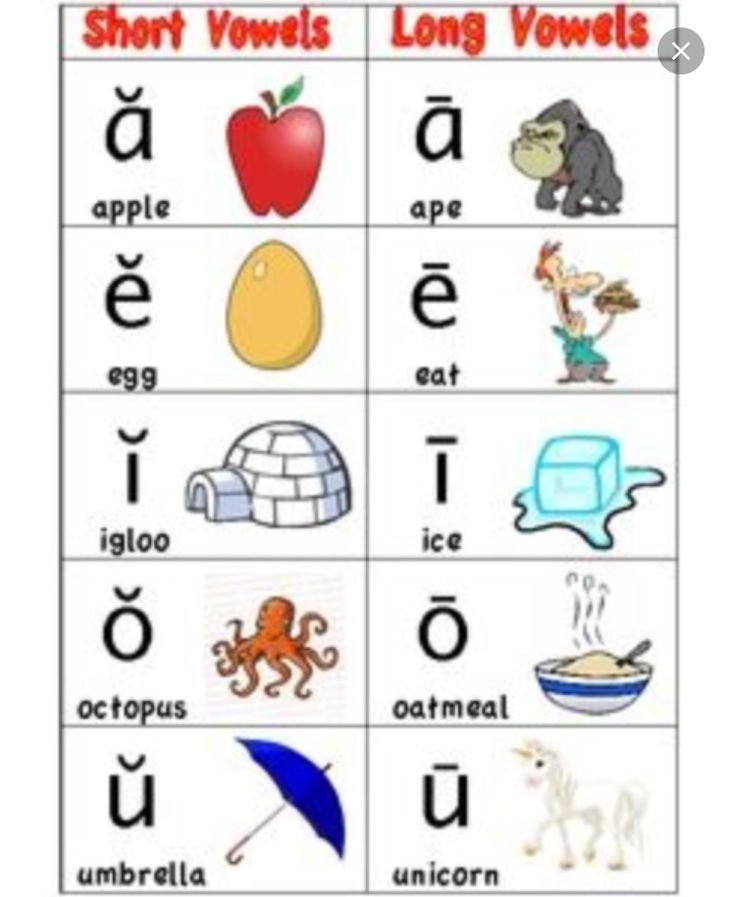 moment. Setting to work.
moment. Setting to work.
Today we have guests. Therefore, we must work especially carefully. We listen carefully and hear, think, answer with a beautiful, complete sentence. Does everyone know how to do a good job? Let's watch an excerpt from the cartoon. Let's think about what prevents some people from working well, studying? (slide 1)
-What did the seal sell?
-What is laziness?
-Laziness - when a person does not want to work, he prefers to do nothing.
- Do we need this product? Why?
--Let's show that we don't like to be lazy!
2. Articulation gymnastics. (slide 2)
- swing
- watch
- horse
- cup
Patter. (slide 3)
- Couch potato ginger cat, rested his stomach.
3. Identification of a vowel sound. Definition of the topic of the lesson.
-Look at the pictures. \ stork, duck, turkey, elephant \ slide 4
- Say the words, highlighting 1 sound.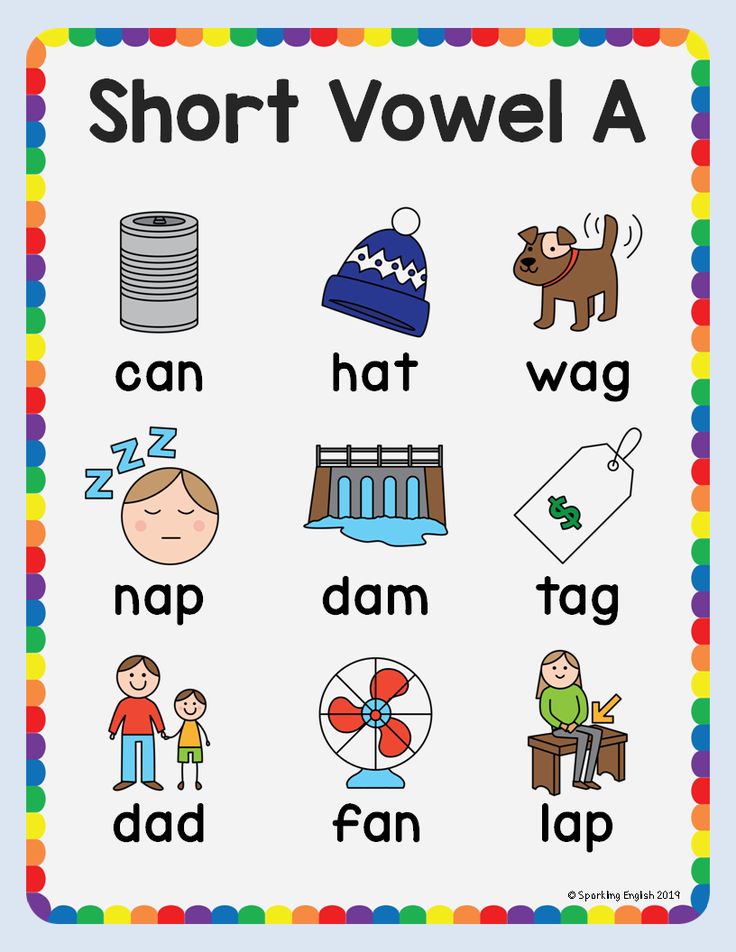
-Can we name it in one word? Who is it?
-Which word is superfluous? Why?
-That's right, the word elephant begins with a consonant sound, and the rest of the words with vowel sounds.
- Who guessed what we will talk about in class?
- Today we will continue to talk about vowel sounds, we will learn to hear and highlight vowel sounds in words, with letters, write syllables, words, sentences.
4. Repetition .(slide 5)
-What do we know about vowel sounds? \are sung, pronounced with a voice /
- We know the articulation of vowel sounds, i.e. lip position. Let's remember how we denote graphically. (slide 6)
- And now, look at me carefully. Guess what sound I made. Show me the letter.
-What did I say silently?
-What did you show?
-What is the difference between a sound and a letter?
5. Reproduction of the syllable series. Separation of identical sounds.
NA -LA - SA UT - UM - UN
LO -KO -RO IM _ IR_ IN
DY - SY - YOU PY _ LY _ KY
I name a word.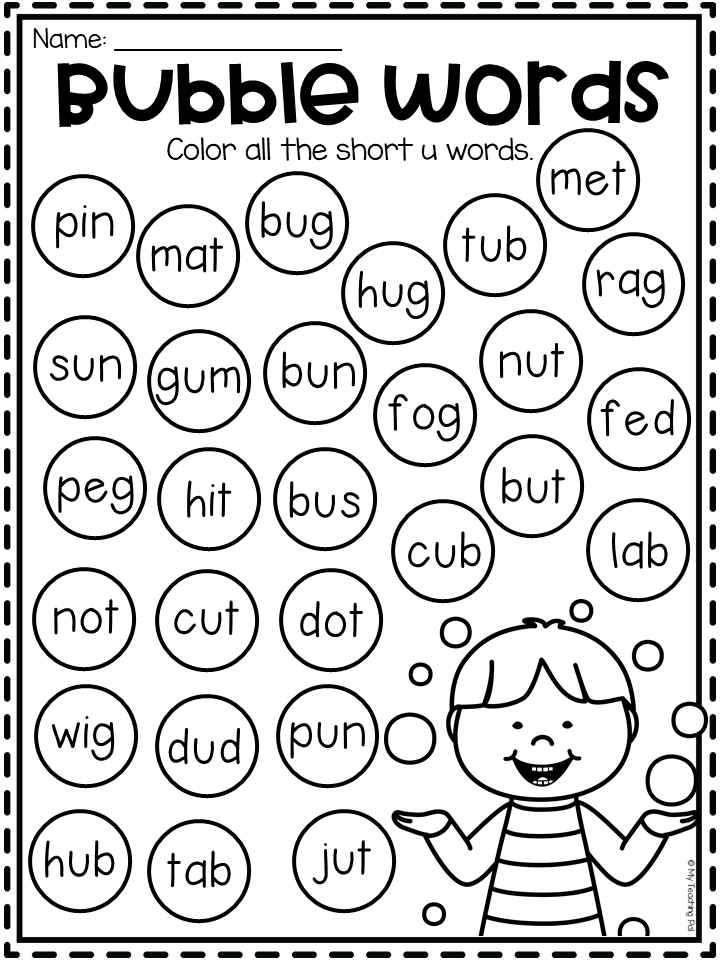 What is the vowel sound in the word? Name him.
What is the vowel sound in the word? Name him.
Soup, son, salt, lump, steering wheel, bull, drank, hour, lil glad, throne, friend.
-What did you do?
7. Correlation between the vowel and the letter .
- You have sheets of paper in the envelopes. What do they show? These are unwritten letters. Take pens and write letters.
- Read in order. Check with a roommate.
-What letters did you get?
- Raise your hand from someone correctly, without mistakes. Well done!
8. Identification of vowel sounds in words. Writing letters. (slide 5,6)
-Look at the pictures. Encrypt the pictures by writing only the vowel. Make no mistake, write in order.
TANK, MUSHROOM, RAFT, CAT, LYNX, BEETLE.
-Test yourself! Who did without mistakes? Well done.
- Do you understand the meaning of all the words?
RAFT - fastened logs for crossing the water
LYNX - the largest wild cat, lives in dense forests in the hollow of a tree, a predator.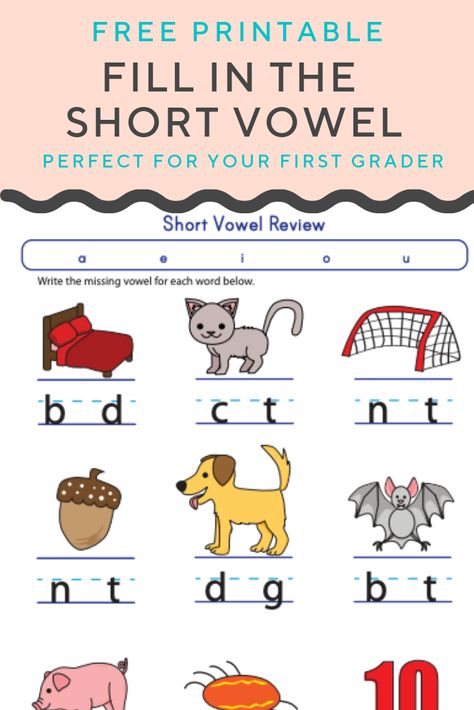
HOLE - emptiness, a hole in a tree trunk.
What did you do?
- We work very well. And let's see if someone bought laziness?
(slide 7)
-What happened to the penguin? He bought laziness and became lazy, does not want to do anything, sleeps, abandoned the house. Would you like to be like this penguin? And what needs to be done for this?
You have to work. Therefore, we will continue to work, and first we will have a little rest.
9. Physical exercise. (slide 8)
10. Guess the riddles. Everyone has a picture on the table.
- Listen carefully, think carefully.
1) He is at the zoo now. Striped predatory beast (tiger)
2) A grandfather sits dressed in fur coats, whoever undresses him sheds tears (onions)
3.) Whoever is cold in winter walks angry, hungry (wolf)
4) Lives in a mink, gnaws on the crusts.
Short legs, afraid of cats (mouse)
5) Miracle mane, miracle tail.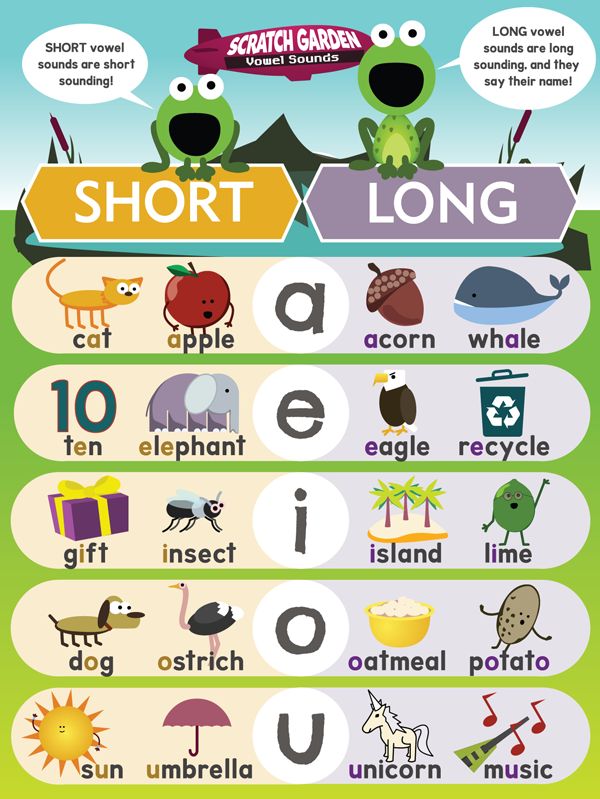
Rushing through the meadow like the wind.
I'll ride, sit down, children! (horse)
6) He lives under a snag, hides his long mustache under the water.
( som)
- What is the vowel that is heard in your word.
- Make up a sentence with your own words (pictures are placed on a type-setting canvas one by one)
- Can we name it in one word? What is superfluous?
-How many objects are named by the words?
- Change the word to name many things?
- Call me affectionately?
- What did you do?
11. Insert the missing letters into the words (slide 9)
- Choose the words that answer the question - which one? these are signs of words.
Green, diseased, wooden, grey, delicious. Make an offer.
-What did you do?
12. Read the sentence. Underline in it the vowels that we talked about today.
Work feeds, but laziness spoils.
You can't even take a fish out of the pond without difficulty.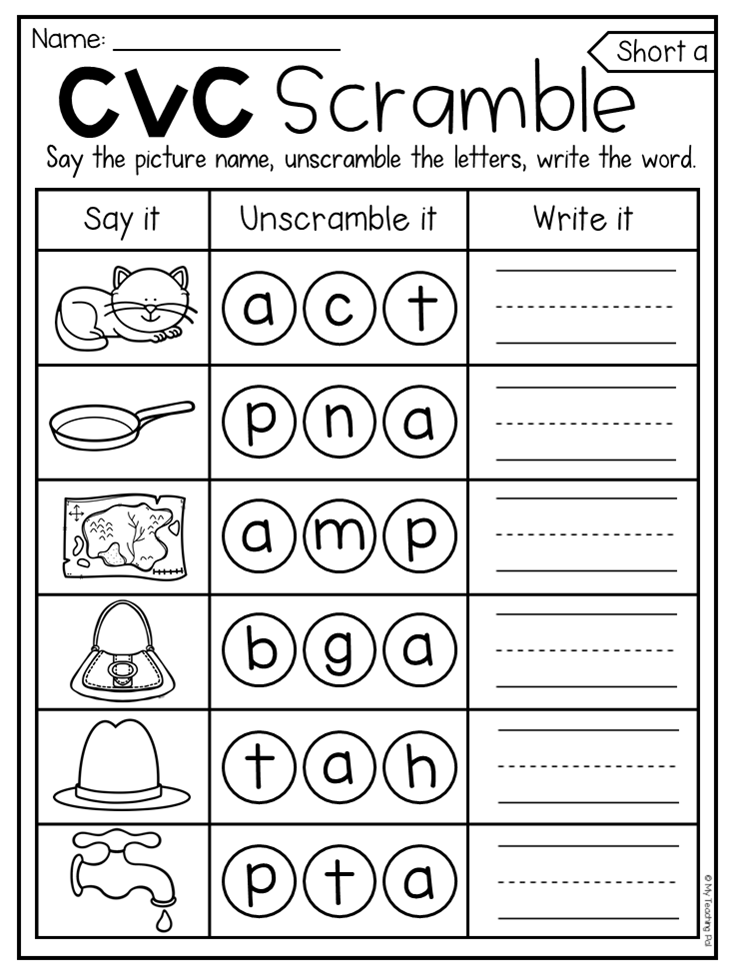
Learn more




